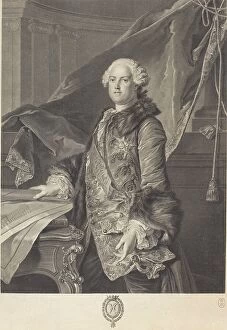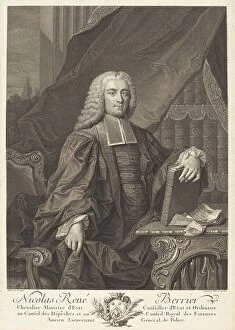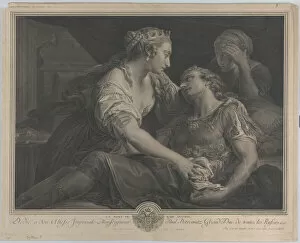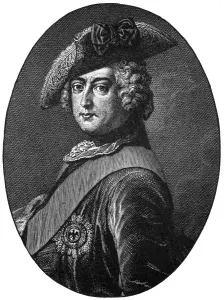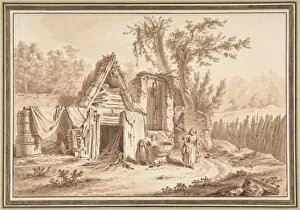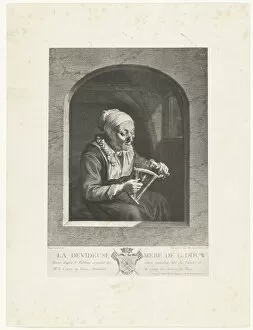Johann Georg Wille Collection
Johann Georg Wille, a renowned German artist born in 1715 and passed away in 1808, left an indelible mark on the art world with his exceptional talent
All Professionally Made to Order for Quick Shipping
Johann Georg Wille, a renowned German artist born in 1715 and passed away in 1808, left an indelible mark on the art world with his exceptional talent. His works encompassed a wide range of subjects, from historical events to everyday life scenes. In "The Death of Mark Antony with Cleopatra at left" created in 1778, Wille skillfully captured the tragic moment when love and power collided. The emotions portrayed on Cleopatra's face are hauntingly beautiful. "Washerwomen in Front of a Cottage" painted by Wille in 1769 showcases his ability to find beauty even in mundane tasks. The simplicity and serenity depicted here remind us of the importance of appreciating life's simple pleasures. One cannot overlook Wille's remarkable ability to recreate famous figures such as Frederick the Great, King of Prussia. In Antoine Pesne's artwork from 1903, we see how Wille masterfully captures the essence and regal presence of this influential monarch. Wandering through ruins can evoke both melancholy and awe-inspiring feelings. In "Ruins Chateau Becoiseau Mortcerf seine-et-Marne, " Johann Georg Wille transports us to another time where history whispers its stories through crumbling walls. With delicate pen strokes and brown ink washes, Wille brings peasants around a well to life in his work from 1758. This piece reminds us that every individual has their own story worth exploring. Returning once again to washerwomen outside a cottage but this time using pen and brown ink techniques; it is evident that these ordinary women were not overlooked by Johann Georg Wille. Their hard work becomes poetry under his skilled hand. Through collaborations with other artists like Hyacinthe Rigaud or Gerard Dou, Wille showcased his versatility as an engraver reproducing their original prints while adding his unique touch. He breathed new life into their creations, making them accessible to a wider audience.








